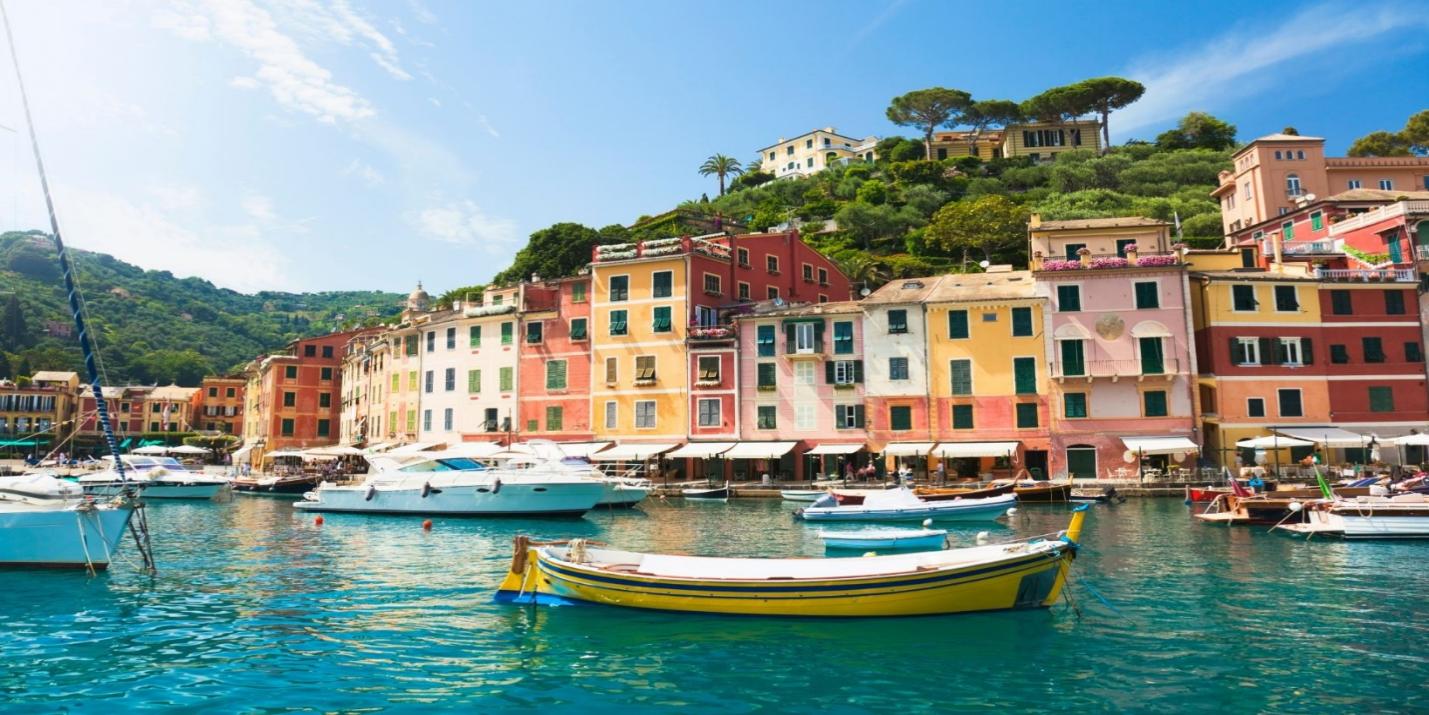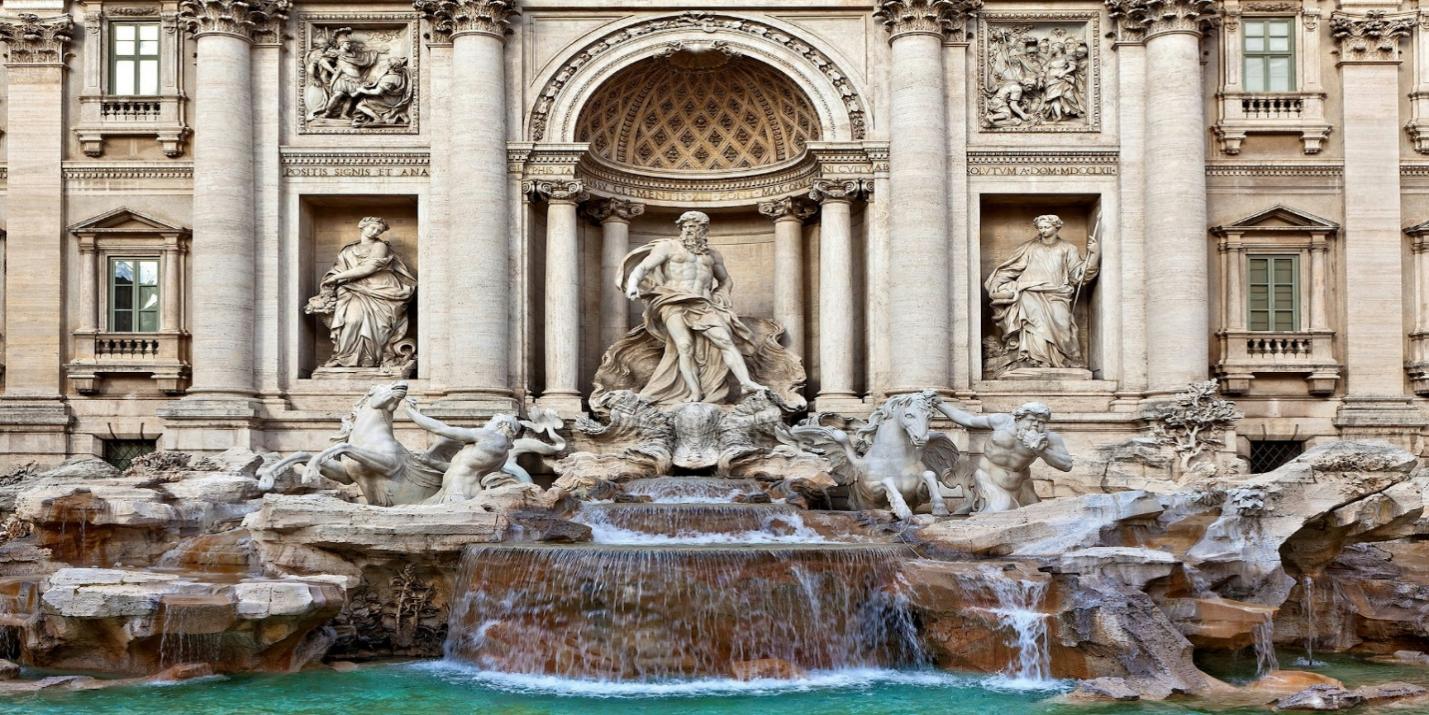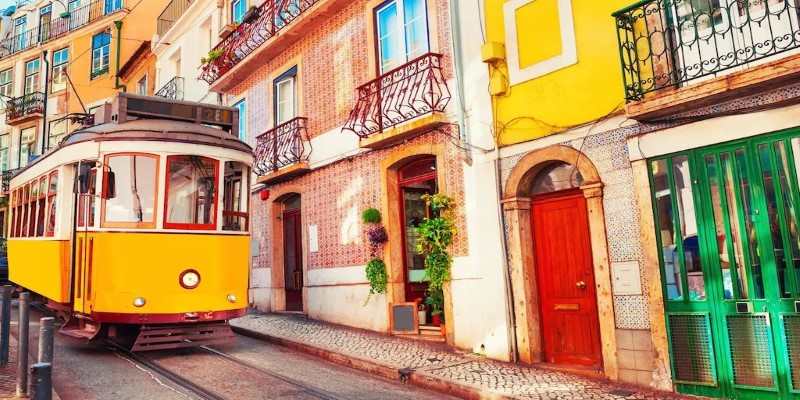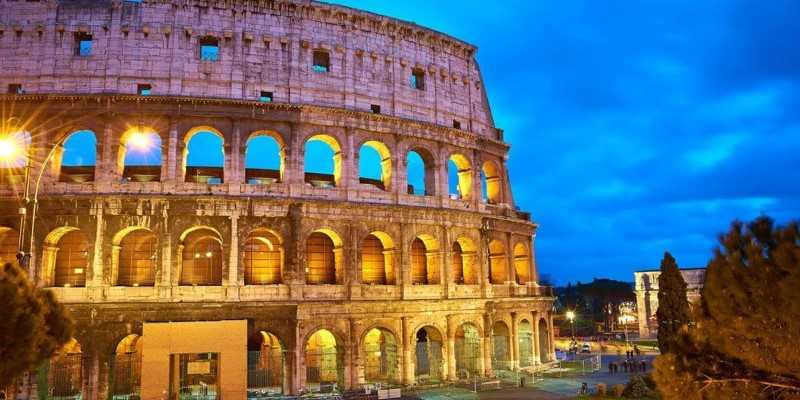Italy doesn't need a luxury tag to be unforgettable. Between the hills of Tuscany and the cobbled streets of Rome, the beauty of the country reveals itself in slow walks, warm street food, and quiet conversations by a fountain. If you're thoughtful with your choices, you can take in all of it—without spending more than you need to. Let’s talk about how to see Italy without draining your wallet, step by step.
How to Explore Italy on a Budget
Choose Your Cities With Purpose
Italy has dozens of cities that get international attention, but not all of them are priced the same. Venice, Milan, and Florence are known for their beauty—and their prices. However, you can get the same historical charm and culture in cities like Bologna, Lecce, or Palermo at a much lower cost.
Rome can still be done on a budget, but you have to plan it out more carefully. Focus on areas where walking is easy and public transport is available. If you only have time for two cities, pair a major one (like Rome or Naples) with a smaller, cheaper town nearby.
Travel at the Right Time
Timing makes a huge difference. July and August are not only crowded but also more expensive across the board. Hotel rates go up, public transport is packed, and even smaller attractions see higher prices. Aim for April to early June or mid-September to October. The weather stays pleasant, the lines are shorter, and you'll find better prices on both stays and transport.

Sleep Smart
Hotels are not the only option. Family-run guesthouses (known as affittacamere), hostels, and agriturismos (farm stays) often offer more than just a bed—they give a feel for local life. Many of these places provide breakfast, which saves you another meal expense.
You'll also come across budget-friendly rooms on booking platforms. Just filter by the total cost (including cleaning and service fees), not just the nightly rate. Some apartments offer discounts for longer stays, so staying in one spot for 3–4 days can bring your nightly rate down.
Take the Train, but Choose Wisely
Italy’s train system is reliable and reaches nearly everywhere, but the type of train matters. High-speed trains like Frecciarossa or Italo cost more, sometimes double or triple the regional ones. The slower regional trains are cheaper and connect most towns—you’ll just spend a little more time traveling.
If you book high-speed trains in advance (say, 2–3 weeks before), you can get huge discounts. Last-minute tickets are expensive. For routes under three hours, regional trains are the most budget-friendly option.
Eat Where Locals Eat
Italy does food right, no matter your budget. You don’t need a Michelin-starred restaurant to enjoy handmade pasta or freshly baked pizza. Steer clear of spots near major tourist attractions. Restaurants with signs in five languages and photos on the menu are usually priced for travelers, not locals.
Go for trattorias and osterias—these are family-owned, no-frills spots that serve fresh meals at honest prices. Street food is another smart pick. In Palermo, grab a panel sandwich. In Naples, a slice of pizza from a street counter. In Rome, try supplì—fried rice balls filled with mozzarella.
Walk Whenever You Can
Italy’s cities are made for walking. Most of the main attractions are clustered close enough to each other that you won’t need buses or taxis. Cities like Florence and Venice are best explored on foot—every street corner tells a story.
If you need to take public transport, local buses and trams are cheap. In Rome, you can get a 24-hour transport ticket for a low fixed price, and it covers the metro, bus, and tram. Taxis and car rentals, unless absolutely necessary, will eat up your budget fast.
Drink From Public Fountains and Carry Your Own Bottle
One small way to cut spending is to skip bottled water altogether. In cities like Rome, Florence, and Venice, public fountains give you clean drinking water, and it’s completely free. Carry a reusable bottle and refill it as you go. It sounds minor, but over a week, it adds up.
Visit Free Attractions
Many of Italy’s most memorable experiences cost nothing. In Rome, walk through the Roman Forum area, sit on the Spanish Steps, and watch the crowds at the Trevi Fountain. In Florence, stroll through Piazza della Signoria or climb the hill to Piazzale Michelangelo for the best city view.

Some museums and historical sites offer free entry on the first Sunday of each month. If you’re around, plan your visits around this date. Churches across Italy are often filled with art and history, and they’re usually open to all visitors.
Limit Souvenirs and Shop With Intent
Markets are everywhere in Italy, and it's tempting to pick up small keepsakes at each stop. But this adds up fast. Instead of buying little items in each city, choose one or two special things—a local food item or a small piece of handmade craft—from a trusted vendor or family-run store.
And skip the airport gift shops—they charge more for the same products you’ll find in town.
Learn a Few Phrases in Italian
Even if you only manage the basics—grazie, per favore, quanto costa, ciao—you'll get warmer responses, especially in smaller towns. Locals appreciate the effort, and it can make a difference when asking for help, getting directions, or understanding a menu. It may not lower prices, but it opens doors. People might point you toward a more affordable restaurant, a lesser-known attraction, or a better deal on something you're eyeing.
Conclusion
Italy doesn’t ask you to spend big—it just asks you to pay attention. Slow down, take in the rhythm of local life, and focus on the small things: a view of rolling hills at sunset, the taste of fresh tomato on bread, the quiet hum of conversation in a village square. Budget travel here doesn’t feel like cutting corners. It feels like traveling the way it was always meant to be.












